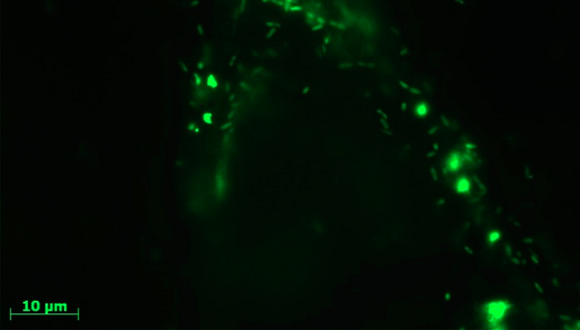CREAF researchers challenge the notion that nitrification occurs only in soil
Human-induced increase in nitrogen deposition profoundly alters nitrogen (N) cycling globally. Yet, the ultimate fate of nitrogen deposition on forest ecosystems isn’t fully understood. Rossella Guerrieri, a Marie Skłodowska-Curie fellow in CREAF sheds light on the overlooked leaf microbial transformations of nitrogen deposition and its contribution to N cycling.

The EU-funded NITRIPHYLL project “aimed at challenging the paradigm that the microbes involved in forest N cycling are limited to the soil and hence that N depostion is exclusively processed in the soil,” says project coordinator Dr Maurizio Mencuccini, ICREA researcher from CREAF. The project aimed to prove that the leaf microbes carry out nitrification, thereby helping to cycle N before leaves return to the soil as litter. In collaboration with project partners, Dr Rossella Guerrieri and Dr Mencuccini produced a unique data set characterising, in a novel way, 12 forest sites within the International Co-operative Programme on Assessment and Monitoring of Air Pollution Effects on Forests (ICP Forests). NITRIPHYLL attracted the attention of communities working at the interface between research and policymakers, such as ICP Forests, one of the world’s largest biomonitoring networks providing extensive information on the condition of forests in Europe and beyond.






